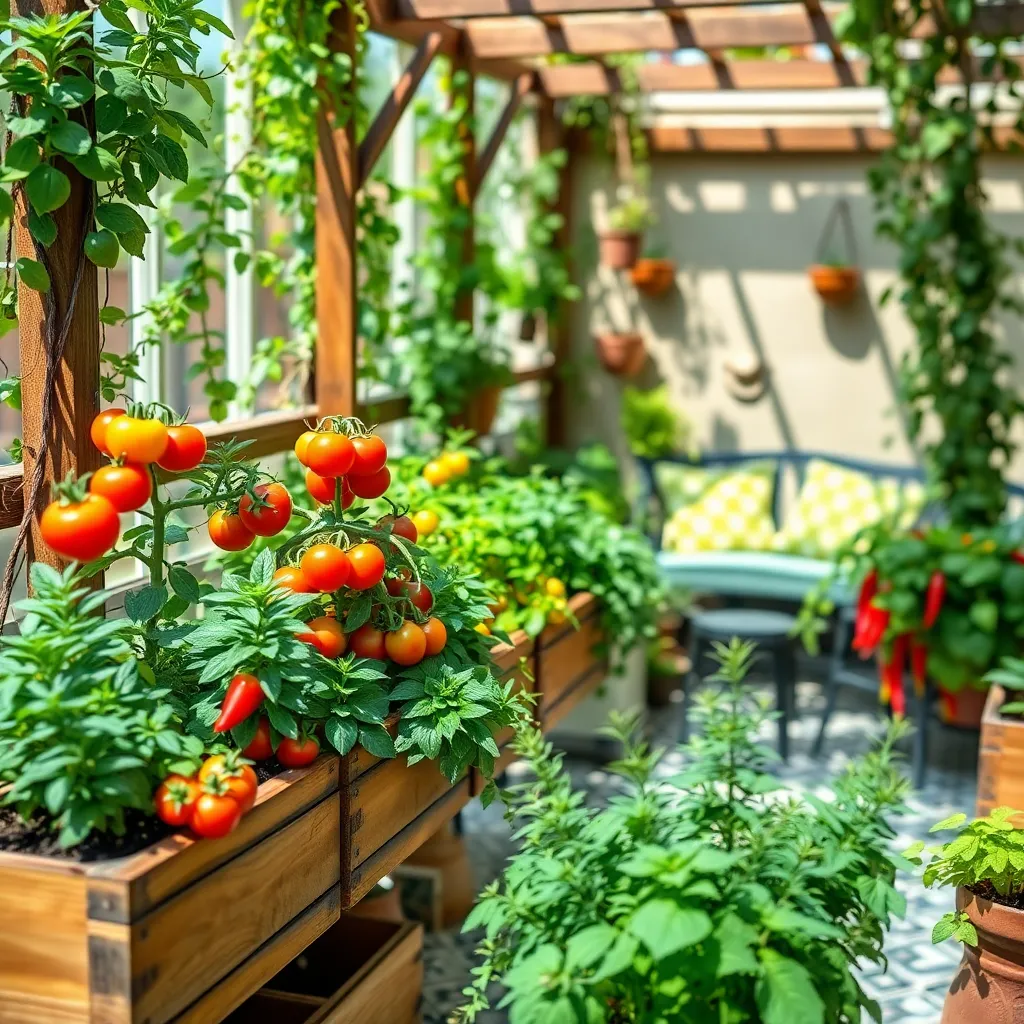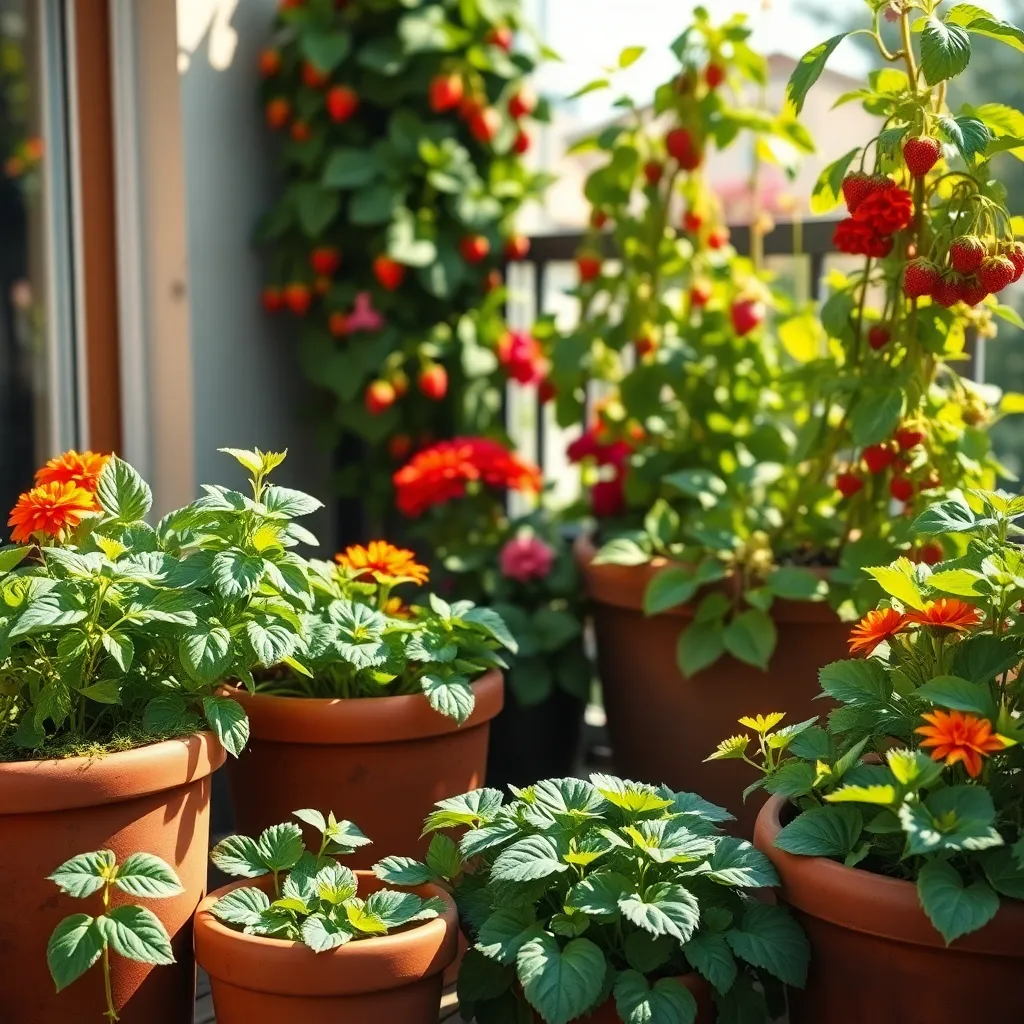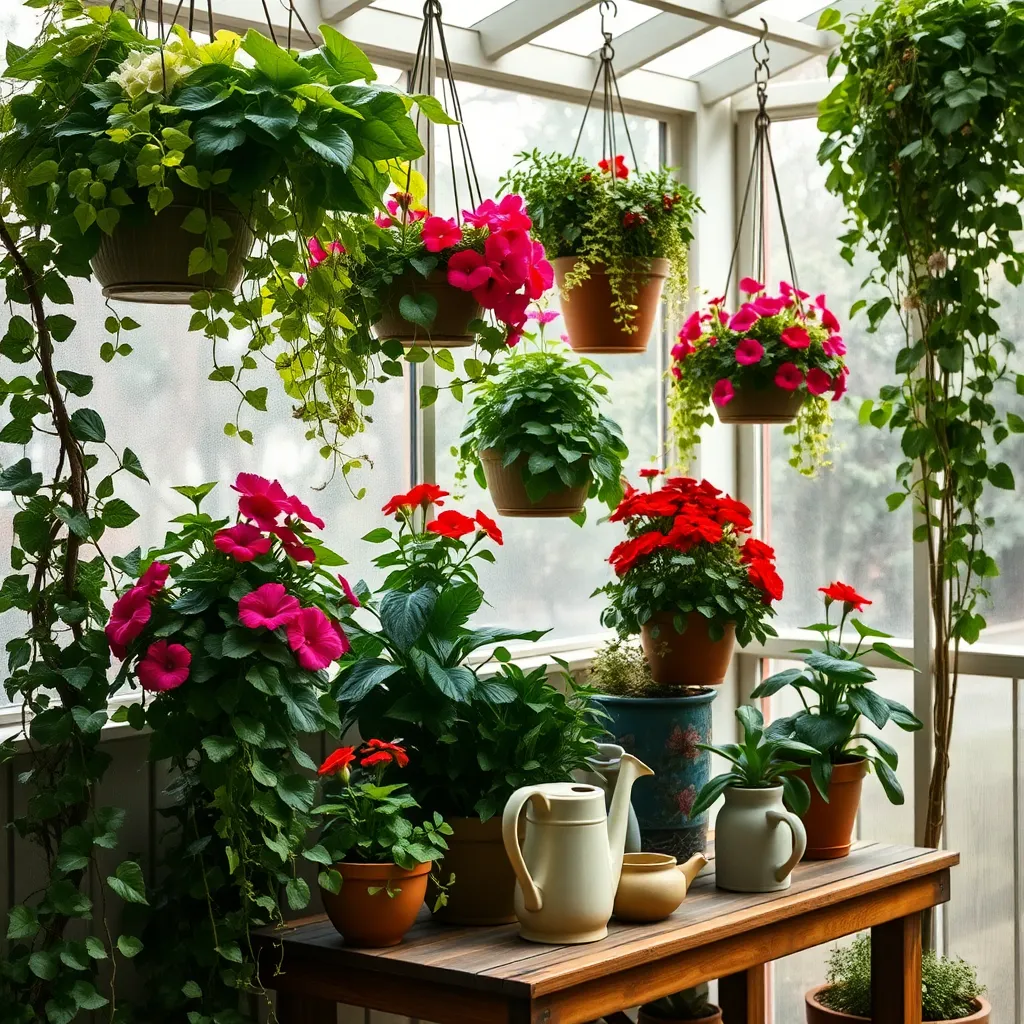Imagine stepping into your very own lush oasis, brimming with vibrant colors and tantalizing scents, all within the confines of a small space. Whether you’re a budding gardener just starting your green journey or a seasoned horticulturist looking to maximize every inch, “Gardening Tips for Small Spaces” is your key to transforming even the tiniest nooks into flourishing paradises. This guide is packed with innovative ideas and proven techniques that will empower you to create a thriving garden, no matter the size of your plot.
In today’s fast-paced world, having a slice of nature at your fingertips brings immense joy and tranquility. This practical guide not only offers design inspiration but also equips you with the essential skills to cultivate a thriving garden that reflects your personal style and space constraints. You’ll discover how to choose the right plants, optimize your layout, and implement smart solutions that maximize productivity and beauty. Embarking on this gardening adventure, you’ll soon realize that a small space doesn’t mean limited possibilities; it’s an opportunity to showcase creativity and resourcefulness.
Use Vertical Planting Solutions

Vertical planting solutions can transform even the smallest spaces into lush gardens. Wall-mounted planters and trellises are excellent options for maximizing vertical space, allowing you to grow a variety of herbs, vegetables, and flowers vertically.
Investing in a sturdy trellis or vertical garden kit can be a game-changer. These structures support climbing plants like tomatoes and cucumbers, making them perfect for small patios or balconies.
To ensure success, choose plants that naturally grow upward, such as pole beans or sweet peas. Ensure your vertical structures are anchored securely and placed in areas with appropriate sunlight levels, ideally 6-8 hours for most vegetables.
For those new to vertical gardening, start with easy-to-grow plants like strawberries or herbs, which thrive in hanging planters. Regularly check the moisture levels, as vertical gardens tend to dry out faster; watering every two to three days might be necessary depending on the climate.
Choose Compact Plant Varieties

Choosing compact plant varieties is a smart strategy for maximizing your small gardening space. These plants are specifically bred to thrive in confined areas, offering lush growth without overwhelming their surroundings.
Opt for plants like dwarf tomatoes, which produce full-sized fruits on smaller, manageable plants. Dwarf varieties not only save space but also require less staking and support, making them perfect for container gardening.
Consider growing compact herbs such as basil, thyme, and chives in small pots or window boxes. These herbs thrive in well-draining soil and need about 6-8 hours of sunlight daily, making them easy to maintain even in limited spaces.
For flowering plants, look for compact varieties like marigolds or zinnias that provide vibrant colors without sprawling. These plants typically require moderate watering and will flourish in a sunny spot, adding a splash of color to your compact garden.
Implement Container Gardening Techniques

Container gardening is a fantastic way to maximize space and flexibility in small areas. It allows you to grow a wide variety of plants, from herbs and vegetables to flowers and ornamental shrubs, all within the confines of pots or other containers.
When starting with container gardening, choose the right size pot for your plants. Larger containers retain moisture better and provide more room for root development, which is crucial for healthy plant growth.
Ensure you select containers with adequate drainage holes to prevent waterlogging. Proper drainage is vital to avoid root rot, especially if you reside in a region with frequent rainfall.
Use a high-quality potting mix instead of garden soil. Potting mixes are specially formulated to be lighter and provide better aeration and drainage, which is essential for container-grown plants.
Watering needs vary depending on the plant species and container type. It’s important to check your pots daily, especially during hot weather, as containers can dry out quickly.
For those seeking advanced techniques, consider using self-watering pots or installing a drip irrigation system. These methods can significantly reduce maintenance and ensure consistent moisture levels for your plants.
Maximize Light with Reflective Surfaces

To make the most of limited sunlight in small spaces, consider using reflective surfaces to amplify available light. Materials like aluminum foil, white paint, or mirrors can be strategically placed to bounce light onto your plants, improving their growth potential.
Positioning these reflective materials on the walls or around your garden area will help ensure that every angle catches the light. This technique is particularly beneficial for plants that thrive in full sun but are grown in shaded areas.
For a simple solution, line the interior of your plant containers with aluminum foil. This not only reflects light but also retains some warmth, which can be beneficial for plants sensitive to temperature drops.
Advanced gardeners might experiment with reflective mulch, which is designed to sit on the soil’s surface and redirect light upward. This mulch can improve photosynthesis efficiency, especially in dense plantings where lower leaves might otherwise be shaded.
Utilize Hanging Planters Effectively

Hanging planters are a fantastic way to make use of vertical space, especially in small gardens. They allow you to cultivate a variety of plants without sacrificing precious ground area, making them perfect for balconies or compact patios.
When selecting plants for hanging planters, consider those that thrive in such environments. Trailing plants like ivy or petunias are excellent choices because they naturally drape over the sides, adding an extra layer of greenery.
Ensure your hanging planters have adequate drainage to prevent waterlogging. Opt for planters with built-in drainage holes or add a layer of gravel at the bottom to facilitate excess water runoff.
Watering is crucial in hanging planters as they tend to dry out faster than ground containers. Check moisture levels frequently and consider using soil mixes with moisture-retaining properties to reduce watering frequency.
- Use lightweight potting soil to prevent excessive weight.
- Incorporate slow-release fertilizers to provide consistent nutrients.
- Rotate your planters periodically to ensure even sunlight exposure.
For an advanced touch, consider integrating a drip irrigation system to keep watering consistent. This can be a game-changer for busy gardeners, ensuring plants receive the right amount of moisture without daily attention.
Conclusion: Growing Success with These Plants
In exploring the art of nurturing relationships, much like tending a garden in small spaces, we’ve uncovered five key concepts that can transform your connection with loved ones. First, prioritize quality time, ensuring every moment counts. Second, communicate openly, allowing your relationship to breathe and flourish. Third, embrace adaptability, like plants adjusting to their environment. Fourth, nurture mutual growth, encouraging both partners to thrive. Lastly, cultivate patience, understanding that growth takes time.
To take immediate action, start by dedicating an uninterrupted hour this week to engage in meaningful conversation with your partner, focusing on these principles. As you embark on this journey, make sure to save or bookmark this article. It’s a valuable resource to revisit, offering guidance and inspiration whenever your relationship needs a little tending.
Remember, just as a well-cared-for garden blossoms, so too can your relationship. By investing time, love, and effort, you can cultivate a bond that thrives, even in the smallest of spaces. Here’s to your blooming relationship success—nurture it well and watch it grow!

